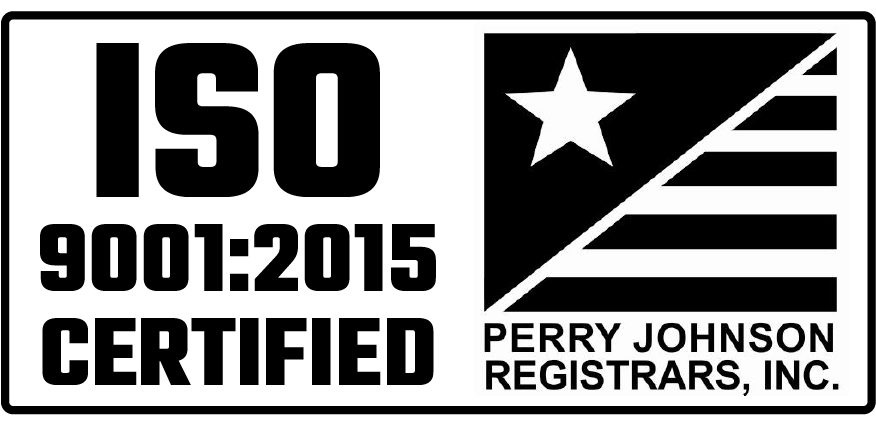Customers don’t like waiting. Whether that customer is a patron wanting service at a restaurant or an OEM manufacturer holding up production because electrical or mechanical assemblies aren’t complete, waiting creates frustration.
For manufacturers, the consequences of extended lead times can go far beyond a mere annoyance; it can end up costing the organization money. There’s the risk of running out of inventory or having to carry more to compensate for unreliable suppliers. Speed to market is threatened, meaning your peer competitors might introduce new products quicker and grab more market share. Responding to market changes becomes increasingly difficult, and if the items you’ve waited on for so long show up with quality control issues, there’s less time to react.
Reducing and accurately forecasting lead times is a critical element of any manufacturing operation. Take these steps to manage your supply chain and help reduce the wait.
1. Use a Domestic Supplier
Using a supplier based stateside can automatically reduce your lead time by two weeks or more — that’s about how long it takes for parts to ship from many foreign countries. Adding to potential delays is the language barrier that often can complicate communications.
2. Increase Order Frequency
Have you typically placed one large bulk order, thinking it saves you money? If it means longer lead times, you may discover that’s really not the case when you factor in potential lost sales or increased labor for inventory management. Do a total cost analysis to determine if there truly is a savings — you may discover it’s a wash. If that’s the case, consider ordering smaller quantities more frequently to help reduce lead times and carrying costs.
3. Provide Sales Forecasts
Letting your supplier know when to expect reorders based on actual sales data helps them anticipate your needs and speed up the fulfillment process. They can set your usual order aside and have it ready to ship when you say “go.”
4. Convert to Standard Components
If you truly require a customized solution, make sure you rely on a supplier that specializes in your industry and doesn’t have to spend time learning on-the-go. Sometimes, however, you can convert to a standard component. Not only will it save time in engineering and production, it will likely reduce your costs, too. Your supplier should be able to collaborate with your designers to determine if any tweaks can be made to the design to accommodate a standard component without compromising the performance or quality of your finished product.
5. Consolidate Suppliers
Managing lead times requires more than just managing suppliers. Have you considered the amount of time you spend coordinating multiple vendors? If trying to keep them all straight and having to handle multiple purchase orders and relationships means you aren’t able to get your orders placed in a timely manner, lead times will suffer. While it’s common practice to have at least one backup supplier so you aren’t completely dependent on one source, it’s unlikely you’d need more than two backup suppliers. When possible, consider condensing your supply chain to reduce the time spent handling multiple accounts, and/or implement vendor management software that can help streamline your processes and create efficiencies. You’ll likely find that consolidating or changing suppliers can add value in many ways.
6. Consider Kitting Services
Another internal process that can improve lead times is reducing the time spent gathering parts in your inventory. Consider grouping various components that are frequently used together into batches so your workers can stay more organized and easily pick what they need from inventory for projects. This process is called “kitting” and increases efficiencies because workers don’t have to spend time counting individual parts.
7. Create an Incentive
Has the supplier given you a typical lead time of 12 weeks, but you want it in 10 so you can stay ahead of the competition or coordinate your production schedule with other projects in the works? You may want to consider offering your supply chain vendor a tiered bonus if they complete your order on time or ahead of schedule. Better yet, look for a manufacturing partner that offers an expedited building process like Quick Turn to get products to you in less than two weeks.
8. Communicate
Staying in touch with your supplier throughout the production process helps ensure that expectations are being met and that any issues along the way can be addressed promptly. Providing key performance indicators will also help motivate your supplier to achieve the levels of service you expect.
Some manufacturers simply accept long or delayed lead times as a normal part of doing business and believe there isn’t much they can do about it. Not so. Using these tips can help reduce the risk of production schedule interruptions and the resulting lost revenue.
Building a strong partnership with reputable suppliers that are committed to your success as much as their own, however, may be the greatest factor in reducing lead times. The MCL team is eager to form that relationship and exceed your expectations. Reach out to our expert team to discuss your manufacturing needs today and see what a true partnership can be. You can also read more about MCL’s Quick Turn process in “How MCL Minimized A Customer’s Production Delays.” Click the button below to download your copy today.





